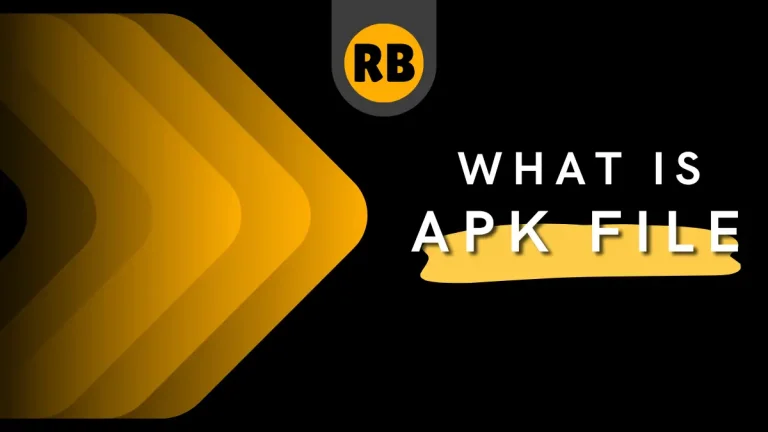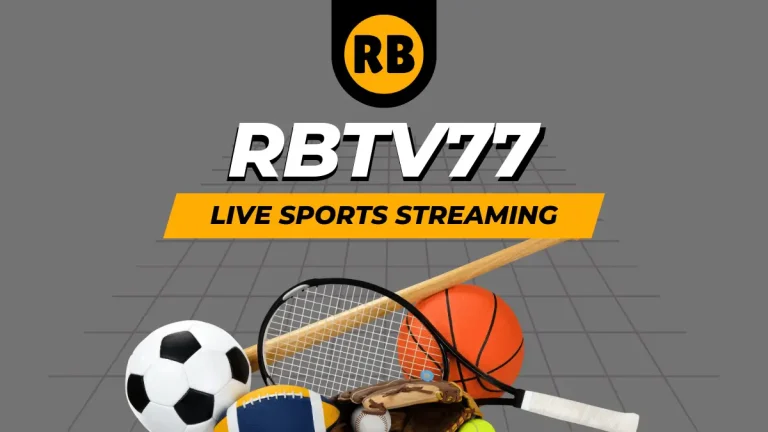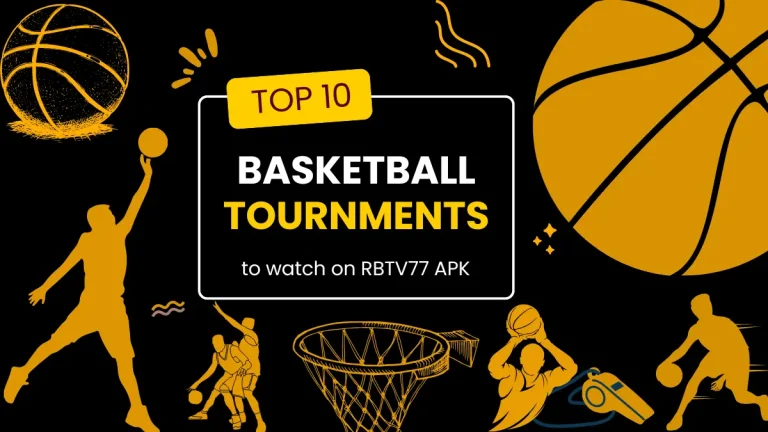How Live Sports Streaming Works: A Peek Behind the Technology
There’s nothing quite like the thrill of watching your favorite team score the winning goal, sink the perfect basket, or make a game-changing play in real-time. Live sports streaming has made it possible for fans to experience these heart-pounding moments from anywhere in the world. But have you ever paused to wonder how this magic happens? What goes on behind the scenes to deliver smooth, high-quality, and buffer-free live sports streaming to your device?

This article will take you behind the screens to explain how live sports streaming works. By the end, you’ll have a newfound appreciation for the technology that powers your favorite game-day experiences.
The Basics of Live Sports Streaming
At its core, live sports streaming is the process of capturing a sporting event, converting it into a digital format, and delivering it to your screen via the internet. But while that might sound simple on paper, it involves a complex series of steps and cutting-edge technology to ensure millions of fans worldwide watch the action without interruptions.
Key Components of Live Sports Streaming:
- Capture and Encoding
- Streaming Servers
- Content Delivery Networks (CDNs)
- Buffering and Playback
- Viewer Devices
Each of these components works in harmony to bring the stadium atmosphere to your living room or mobile phone. Let’s break them down one step at a time.
Capturing the Action
The first step in live sports streaming involves capturing the action on the field. High-definition cameras, strategically placed around the venue, record every move, play, and angle of the game. These cameras are controlled by professionals who ensure viewers don’t miss a second of the action, whether it’s a thunderous dunk, a tennis ace, or a cricket sixer.
Next, the footage is fed into encoding software or hardware. This step compresses the video and audio data into smaller, streamable chunks. The goal here is to strike a balance between quality and performance. High-definition streams use more data but need to be delivered in real-time, which requires efficient compression algorithms. Popular formats like H.264 or H.265 ensure high-quality visuals with minimal data consumption.
Much like turning a detailed map into a simplified GPS route, encoding transforms raw footage into a format that’s easier to transmit and view online.
Fun Fact: Did you know that live sports streams often have a small delay of about 10-30 seconds? This latency ensures data is processed, compressed, and transmitted smoothly.
Streaming Servers Handle the Heavy Lifting
Once the game data is compressed and formatted, it is sent to dedicated streaming servers. These servers act as the central hub, receiving the live feed and distributing it to thousands or even millions of viewers simultaneously.
The Role of Streaming Servers:
- Handle large-scale simultaneous requests without crashing.
- Ensure the stream remains stable, even during peak times (like the final minutes of a tied sports match).
- Adapt video quality based on the viewer’s internet speed (a process called adaptive bitrate streaming).
Modern sports streaming platforms use multiple powerful servers to ensure flawless delivery. If one server faces issues, another takes over seamlessly, ensuring viewers never miss a beat.
Example keywords like “sports streaming servers” or “buffer-free sports streaming solutions” come into play here when discussing how these servers maintain quality and prevent interruptions.
Content Delivery Networks (CDNs): The Backbone of Sports Streaming
CDNs (Content Delivery Networks) are the unsung heroes of modern internet streaming. They ensure that when you’re tuned into a thrilling basketball match, you don’t experience stuttering or lag—even when millions of others are watching the same match.
How CDNs Work:
- Global Reach: CDNs are a distributed network of servers located worldwide. When a viewer requests a stream, the CDN routes the data from the server closest to their location, reducing lag and speeding up delivery.
- Load Balancing: During high-traffic events like the Super Bowl or a World Cup final, CDNs balance the load across multiple servers, ensuring the platform doesn’t crash.
- Cache Optimization: CDNs efficiently store (or cache) parts of the stream locally, so they can quickly deliver segments rather than fetching them from the original server every time.
This infrastructure is why fans watching the same event in New York, Tokyo, and London all get the same seamless experience.
Example: Imagine you’re watching the UEFA Champions League final on your phone in a crowded café. Thanks to CDNs, your stream can stay smooth even though dozens of other patrons are connected to the same public Wi-Fi.
Adaptive Bitrate Streaming and Buffering
One of the most impressive features of sports streaming technology is adaptive bitrate streaming (ABS). This technology ensures that the stream’s quality adjusts in real-time based on your internet speed and device capabilities.
Here’s how it works:
- If you’re on a high-speed internet connection, ABS will deliver a crystal-clear 1080p or even 4K stream.
- If your connection slows down temporarily, ABS reduces the stream quality (e.g., to 720p or 480p) to prevent buffering.
- Once your connection stabilizes, ABS automatically bumps the quality back up.
Why Buffer-Free Streaming Is Critical:
Nobody wants to see the game-winning goal freeze mid-air or miss a crucial moment because of buffering. Adaptive bitrate streaming, combined with capable CDNs, minimizes these disruptions and delivers a nearly interruption-free experience.
Keywords in Action: Buffer-free sports streaming.
The Viewer Experience
Finally, all of this technology comes together on your device. Whether you’re using a smartphone, tablet, laptop, or smart TV, your streaming app is the last part of the chain.
Streaming apps like RBTV77 APK (among others) use intuitive dashboards to make navigation seamless. Features like live chat, multiple viewing angles, and real-time stats ensure you’re not just watching a game but engaging with it. Many apps even allow users to rewind live matches, switch commentary languages, or customize video quality, making the viewing experience truly personal.
But remember, no matter how advanced the app is, it’s the synergy of cameras, servers, CDNs, and streaming protocols that make it all possible.
Pro Tip: For the best live sports streaming experience, always use a device with a stable internet connection of 5 Mbps or faster for HD viewing.
Read also: Top 10 Free Sports Streaming Apps for Watching Live Matches
The Challenges of Sports Streaming Technology
While live sports streaming has come a long way, it’s not without challenges:
- Latency: Even the best systems often have a broadcast delay of a few seconds.
- Regional Restrictions: Licensing agreements mean some streams are geo-restricted.
- Bandwidth Demands: Streaming high-quality sports content requires significant data, which can be expensive or inaccessible for some users.
Companies are working hard to resolve these issues with innovations like 5G technology and regional partnerships.
Why Live Sports Streaming Matters
Sports bring us together. Whether you’re cheering for your local team, watching a nail-biting international match, or discovering a new sport, streaming makes it all possible. The technology behind live sports streaming has ensured that no fan has to miss out, whether they’re watching from home, in a café, or on the go.
Understanding how live sports streaming works helps us appreciate the marvel of modern technology. It’s more than just an app or a video feed; it’s a global effort to keep us connected to the moments that matter most.
With every goal, basket, or point aired live, we get closer to the heart of the game and to each other.
Read also: RBTV77 APK: User Reviews, Experiences, and Why It’s a Top Choice for Live Sports Streaming
Final Thoughts
The next time you stream a live match, take a moment to think about the technology working tirelessly to deliver it to your screen. From high-tech cameras and servers to adaptive streaming and CDNs, it takes a village to keep us cheering from the sidelines.
Now that you know how live sports streaming works, you might even feel a deeper connection to the game—not just as a spectator but as someone who understands the incredible mechanics at play behind the scenes.





